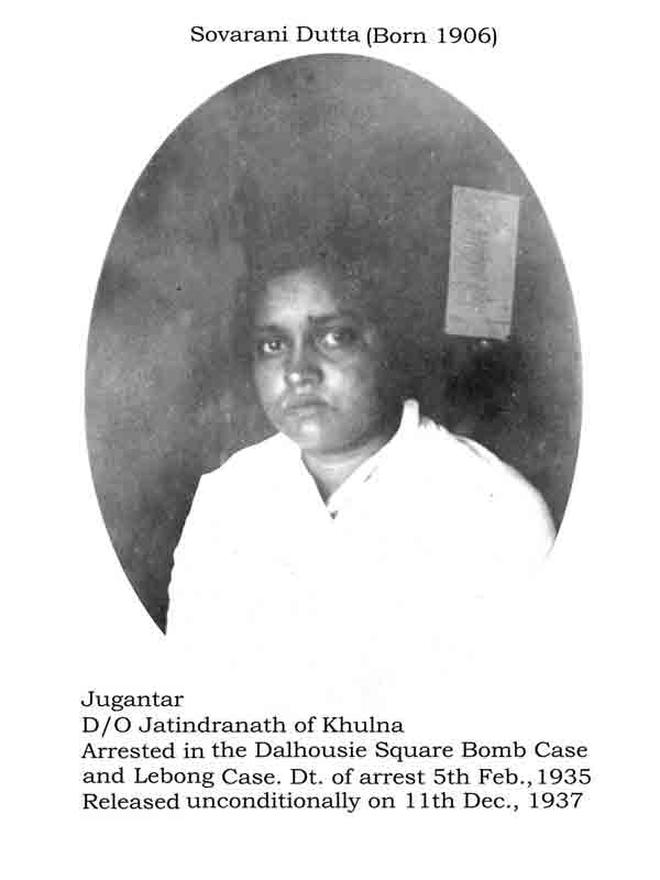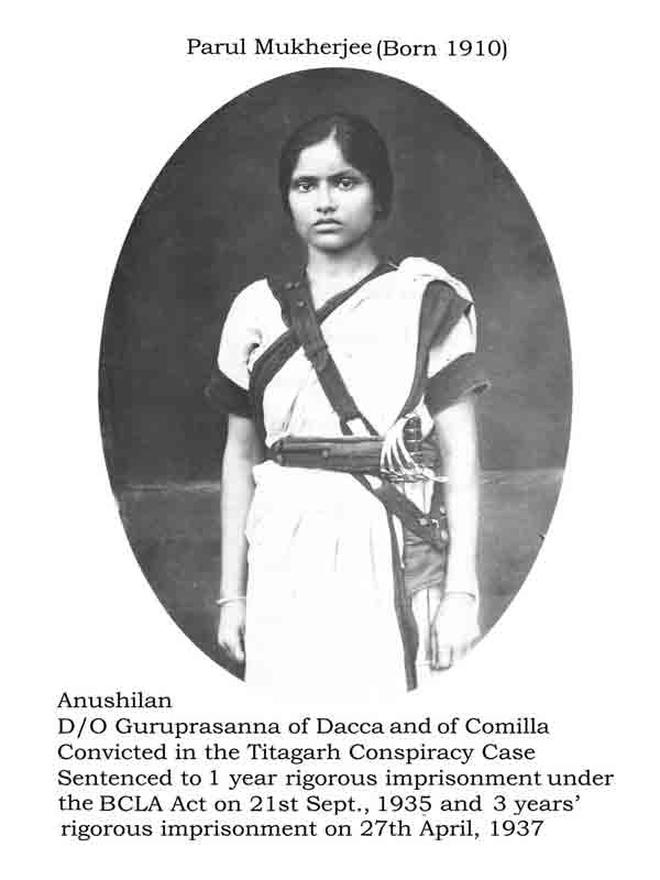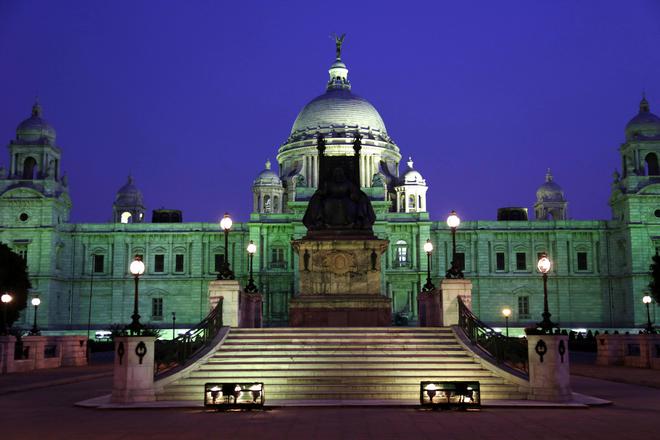Sovarani Dutta was 29 years old when she was convicted in the Dalhousie Square Bomb case. She was a member of the revolutionary group Jugantar. Parul Mukherjee was 25 years old when she was convicted in the Titagarh conspiracy case which involved making explosives. A member of the Anushilan Committee, she was convicted twice in September 1935 and in April 1937.

Stories of numerous such women revolutionaries have been brought to the fore by the West Bengal State Archives through its physical and virtual exhibition that has come alive when India celebrates 75th year of Independence. From the Chuar Uprising, one of the earliest popular uprisings at the end of 18th century, to the revolt of Birsa Munda towards the end of 19th century, the exhibition by the Archives takes into account more than half a dozen of public uprisings against the British Raj.
“In the exhibition, a special section has been dedicated to women revolutionaries. Other than Pritilata (Waddedar) Bina Das and Matangini Hazra, there are several other revolutionaries who participated in the freedom struggle and about whom we don’t have any information in the textbooks… About such women there is a mine of information in the archives,” Simonti Sen, director of State Archives said in a video message about the exhibition.
The State Archives, which is one the largest collection of colonial records in West Bengal, has also put on display some never before seen documents like an action plan chalked out by the Collector of Birbhum (spelt Beerbhoom in the documents) against the Santhal Rebellion.

Along with State Archives, the Kolkata Circle of Archeological Survey of India has also organised an exhibition on the lesser known revolutionaries at Kolkata’s Metcalfe Hall, a protected monument. “We have tried to highlight unknown revolutionaries like Mrigendranath Dutta, Brojo Kishor Chakraborty and Bhawani Prasad Bhattacharya among others. The exhibition on the occasion of 75 years has photographs of both well-known and unknown revolutionaries,” Subha Majumdar, Superintending Archeologists of the Kolkata Circle of ASI said. Almost 48 hours before the country turns 75, protected monuments like Metcalfe Hall and Currency Building will be lit in the colours of the national flag.
Victoria Memorial Hall, the most majestic of colonial buildings of the city, has over the past few years taken up major initiatives highlighting the freedom struggle and the role of revolutionaries. The Biplobi Bharat Gallery which was inaugurated by Prime Minister Narain on March 23, 2022 displays the contribution of the revolutionaries to the freedom struggle and their armed resistance to British colonial rule.

Victoria Memorial Hall (VMH) curator Jayanta Sengupta said along with the Biplobi Bharat Exhibition that is spread across 5,000 sq ft and 350 exhibits, the VMH has a big exhibition of Netaji Subhas Chandra Bose and Freedom Struggle and a three-dimensional mapping show on the same subject. Biplobi Bharat can be translated as “revolutionary India” has a focus on the revolutionary movement, formation of significant associations by revolutionary leaders, the spread of the movement, formation of the Indian National Army, and contribution of the Naval Mutiny, among others.
The Indian Museum, which is the oldest Museum in the subcontinent, in partnership with DAG has put together an exhibition titled ‘March to Freedom’ in which, according to the organisers, instead of following a chronological order of historical events, the narrative of the exhibition has been divided into eight distinct thematic sections. The first section titled ‘Battles for Freedom’ will investigate the significance of the myriad wars scattered through India’s past.







